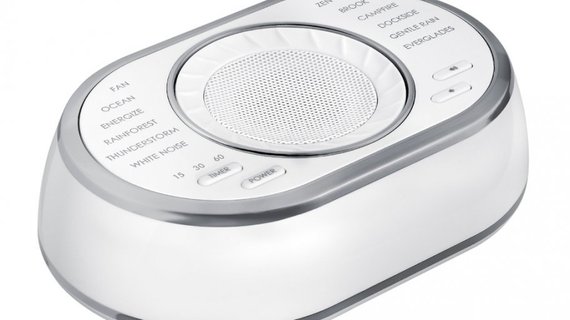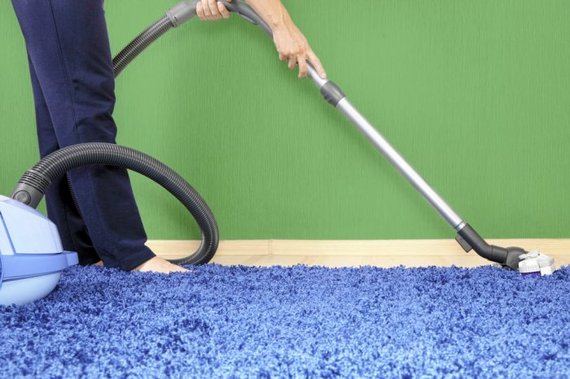(Photo courtesy of HoMedics)
Do you prefer quiet to sleep, or do you require a little white noise to reach that restful state of slumber?
If you need some type of noise to fall asleep, you aren't alone.
In a National Sleep Foundation study, 74 percent of respondents describe a quiet room as important for a good night's sleep. On the other hand, 26 percent still prefer some type of noise.
"Most people report to me that they do better with some rhythmic, predictable background noise," says Lisa Shives, clinical director of the Sleep Medicine Center at UC San Diego Health System.
Because TV and music constantly change in tone and volume, sleep experts don't recommend them as sleep aids. Steady, smooth white noise, on the other hand, sends you into dreamland and keeps you there.
Turn your bedroom into a sleeping room with peaceful colors that create calm and induce sleep.
What is white noise?
External noises, which disturb sleep more during the first three hours, often wake you or cause involuntary shifts in bed too brief to recall when you get up. How easily you return to sleep depends on the time and your emotional response to the sound. For example, a crying baby causes a more dramatic reaction than a snoring spouse, even if they reach a similar decibel level.
Whether noises or total silence bothers you, manufactured white noise masks both with a constant, calming auditory background. It's especially helpful in reducing the impact of unpleasant sounds like a slammed door, car horn or neighbor's dog.
Just as white light contains all colors in the spectrum, white noise consists of all frequencies discernible by the ear. True white noise, produced only by electronic means, resembles radio static and isn't very relaxing. The term has evolved, however, to include constant mechanical, natural and ambient noises, which many utilize at bedtime.
Choosing a white noise generator
Two common white noise sources are fans and air purifiers. White noise machines feature numerous sound options and cost anywhere from $15 to $100. Smartphone users can download a white noise app with dozens of sounds, including rain, waves and wind, but also more unique settings like a vacuum cleaner, dishwasher and traffic.
(Photo courtesy of Getty Images)
The best white noise for sleep comes down to personal choice. Not everyone finds the same sounds pleasing.
"One man's soothing background noise is another woman's nails on a chalkboard," Shives says. "Whatever works for a patient is what I recommend. If someone grew up next to a busy highway, they might find it soothing to hear cars speeding by all night."
No going back?
Regardless of which white noise maker you select, eventually, you might need it all the time.
"People can become dependent on their sleep triggers and then find it hard to sleep without it," Shives says. "The trick to a trigger is it needs to always be available."
This post originally ran on AngiesList.com and is part of a series produced by The Huffington Post and Angie's List on the topic of sleep. The series aims to educate readers about the dangers of sleep deprivation. Angie's List is here to help improve your home, offering more than 700 types of services for your family. For more information about Angie's List, visit AngiesList.com.

